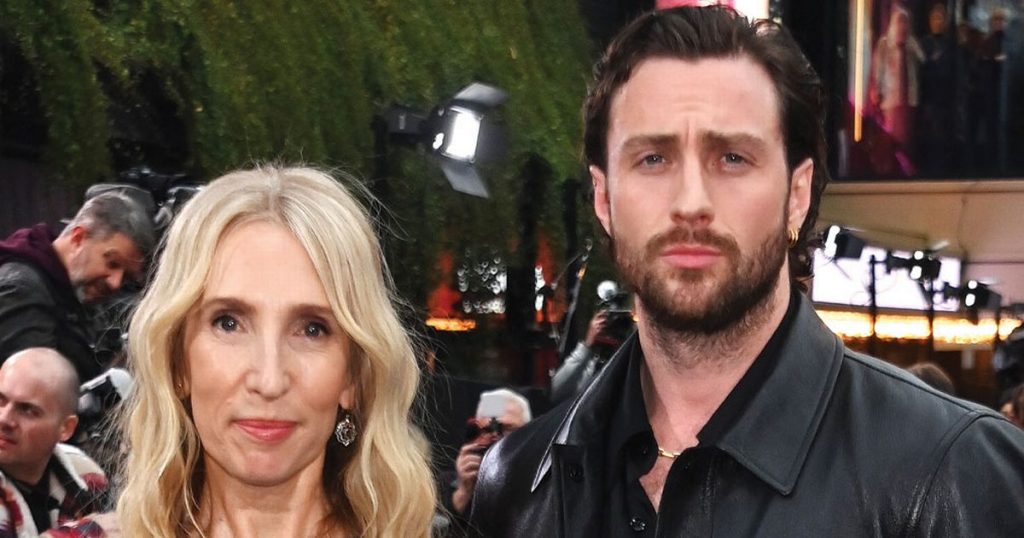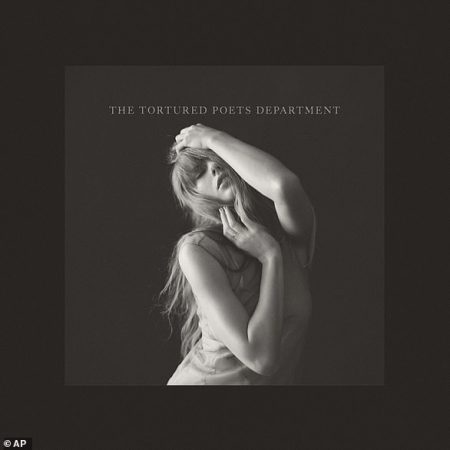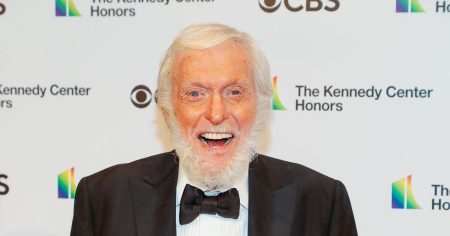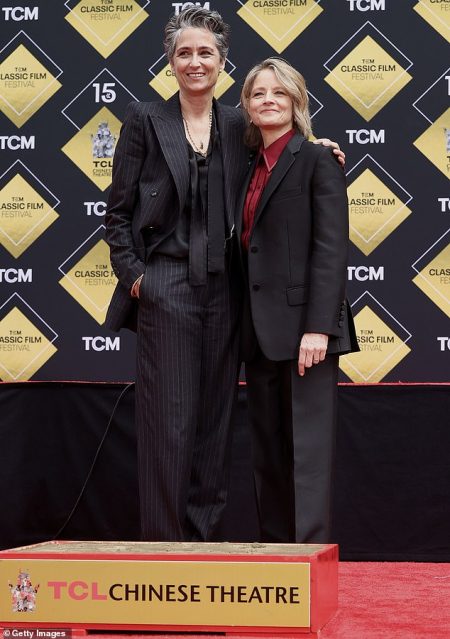Aaron Taylor-Johnson attended the world premiere of his wife Sam Taylor-Johnson’s film Back to Black, amidst rumors that he may be the next James Bond. The actor proudly accompanied his director wife on the red carpet, looking smart in a black leather jacket and trousers. Sam stunned in a black sleeveless gown, and while promoting her film, she joked about the rumors of Aaron becoming the next 007. The movie, set to release on April 12, explores Amy Winehouse’s early life and rise to stardom, but has faced criticism for using footage from her 13-year-old funeral.
Sam and Aaron met in 2009 on the set of her film Nowhere Boy, where he played the lead role of John Lennon. Despite the controversial age gap, the couple announced their engagement in 2009 and got married in 2012. They have two children together and Sam has two older daughters from a previous marriage. Sam discussed the experience of directing Aaron in films, noting the intensity he brings to his roles. Aaron has been at the center of speculation about taking over the iconic James Bond role, but the couple has remained tight-lipped about whether he will be the next Bond.
Back to Black, the film directed by Sam, has sparked controversies with friends and fans of Amy Winehouse expressing concern over the use of funeral footage and the timing of the release, considering her recent passing. Actress Marisa Abela plays Amy, while Jack O’Connell portrays her former husband Blake Fielder-Civil. Jack defended the movie, emphasizing that the team is committed to honoring Amy’s memory and portraying her life as a celebration. Meanwhile, musician Neon Hitch criticized the film as “tasteless” and urged for respect towards Amy’s legacy. Despite the backlash, the film is set to shed a light on the life of the iconic singer.
As Aaron continues to be linked to the role of James Bond, the couple remains focused on their respective careers and family life. Sam’s work as a director has been commendable, and she has navigated challenges in the industry, including directing her husband in various films. Aaron’s dedication to his roles, as seen in films like “Nocturnal Animals,” underscores his commitment to his craft. The couple’s love and support for each other have been evident on multiple occasions, and they continue to showcase a strong bond both on and off the screen. As they navigate the speculation surrounding Aaron’s potential casting as James Bond, they remain united in their shared journey in the entertainment industry.
















